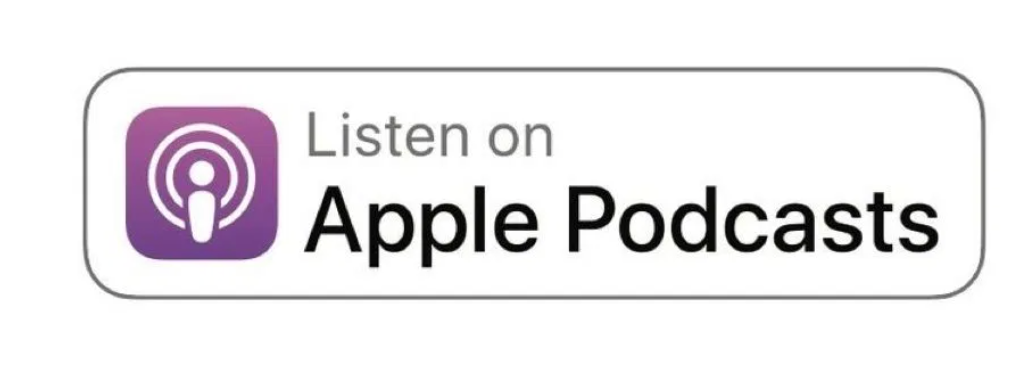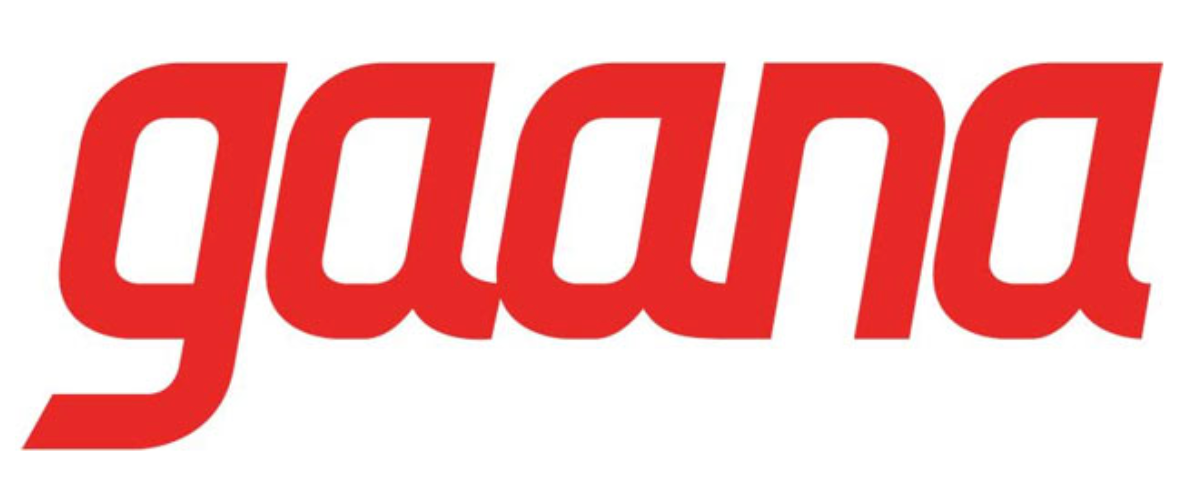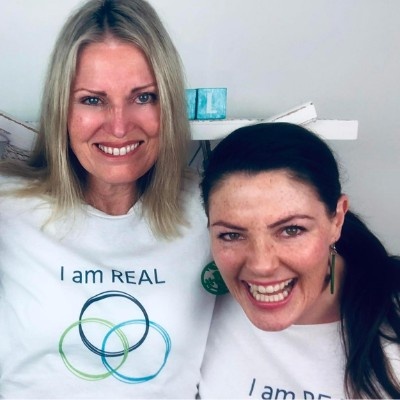

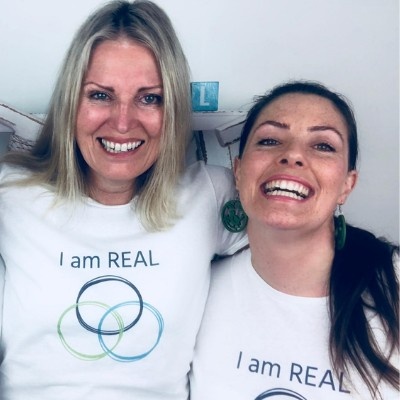
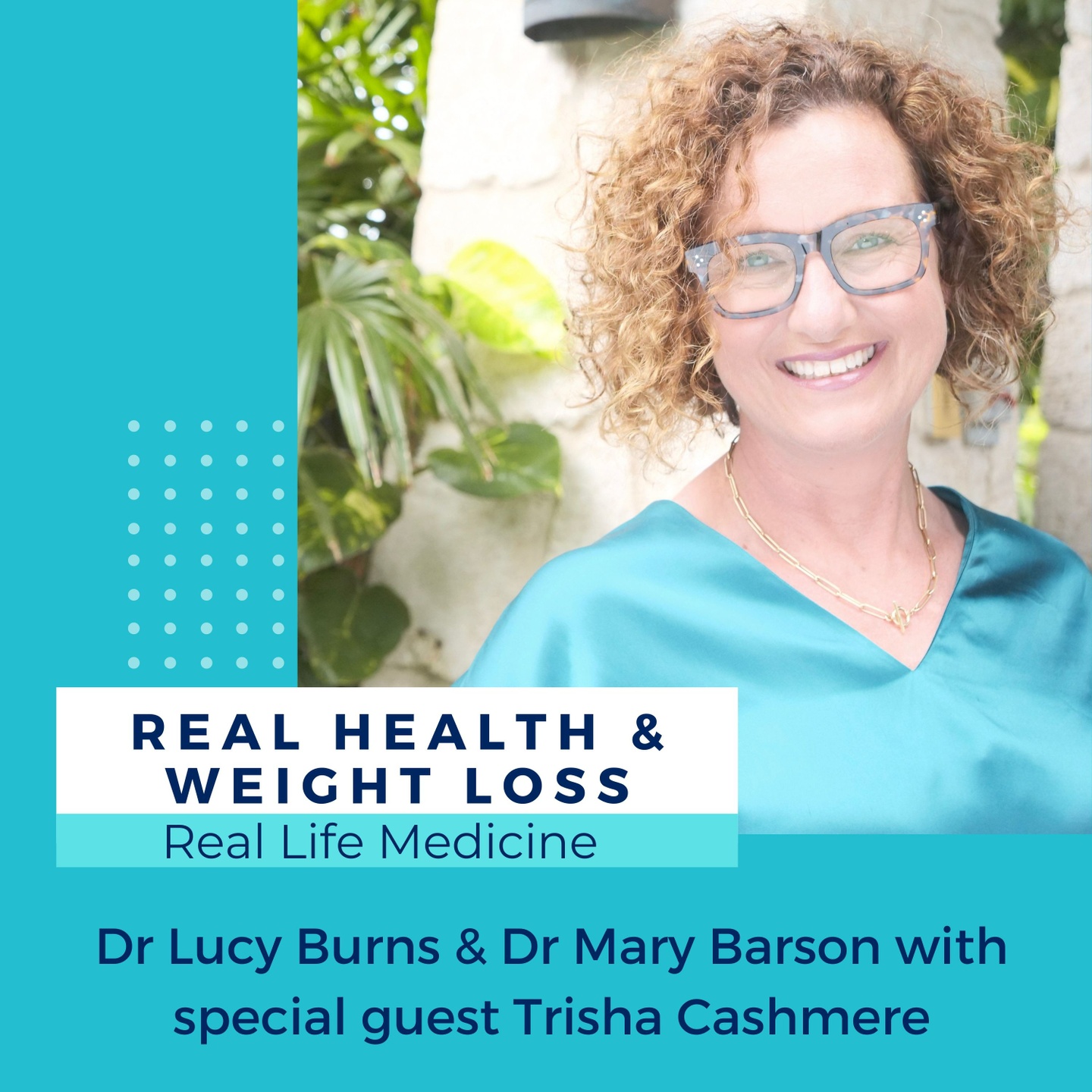
Episode 100 Summary
- This is our 100th podcast episode! We have had more than 200,000 downloads. Thank you to all of our listeners and to those who share our podcast with others. We appreciate you, every one of you.
- Thank you to Chris Ashmore Media for being our wonderful producer - https://www.chrisashmore.media
- It is never too late - Many people believe that their joints are “too far gone” to benefit from a tailored exercise program, or they avoid movement because of pain. The good news is that the “further gone” you are, the more quickly you will see results and the more you have to gain. It is never, ever too late.
- A well balanced exercise program - To see improvements, it is only necessary to commit 30 minutes, three times a week. There is a lot of unhelpful messaging around exercise, for example “Go hard or go home”. This is not true. Rest is just as important as the exercises when it comes to making gains.
- Gifts that you can give to your future self - Investing time into eating well and moving your body can help you to enjoy your retirement. You may be able to reduce or eliminate the need for joint pain related medical appointments.
- Leptin is our satiety or “fullness” hormone - We can develop “leptin resistance” and increased leptin in our blood when our body stores excess fat. When we have high circulating serum insulin levels, this also increases our leptin levels. Chondrocytes are the cells responsible for the formation of cartilage.
- Leptin, even though it’s a hormone, can “attack” or cause destruction of chondrocytes - To protect your joints, work to reduce your insulin levels and move your body. These both help to reduce your leptin levels.
- Benefits of a targeted and progressive physiotherapy program - These include increased strength, improved function, reductions in pain, both during the day and at night, and a decreased reliance on anti-inflammatory medications.
- Trisha Cashmere is a physiotherapist and the owner of the Healthy Body Company - She and her team have designed a wonderful 12 week recovery program so you can rid yourself of knee pain and live your life without the need for medications and surgery.
- The 12 week Healthy Knees Program: https://www.healthybodyco.online/healthyknees
- There is a discount code, “DRLUCY” for a 20% discount
AFFILIATE DISCLAIMER Disclosure: The above post may contain affiliate links. We may earn a small commission from purchases made through these links, at no additional cost to you. Everything we recommend on our website are products we use and love. Thank you for supporting Real Life Medicine and allowing us to continue to produce our podcast and other free educational content.
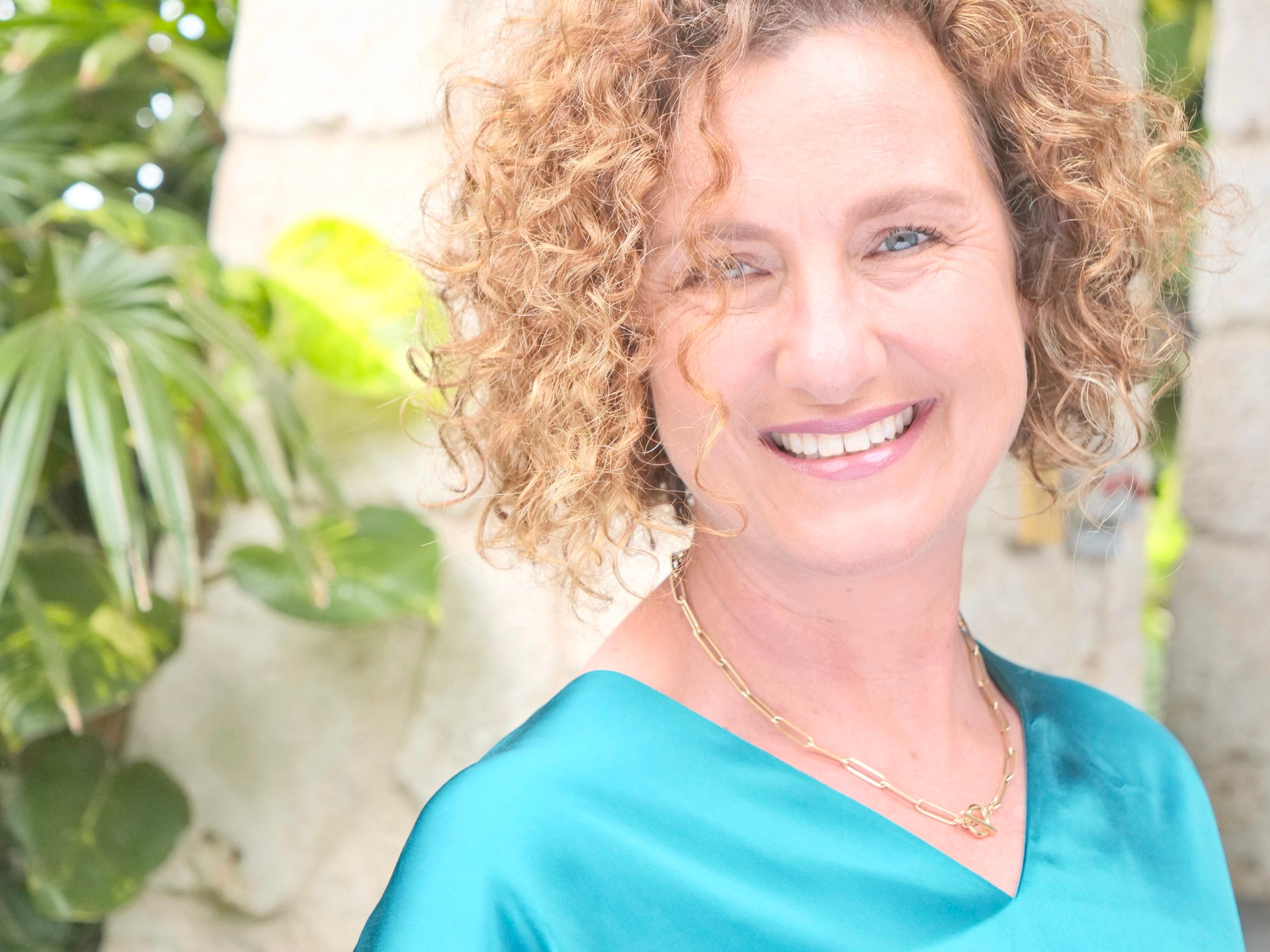
Meet Trisha Cashmere:
Trisha Cashmere qualified as a physiotherapist the first time that jeans were high waisted, baggy and made by Levis. For over 20 years she has been associated with an Australian local physiotherapy business, which under her leadership has grown to be The Healthy Body Company, a multi location physiotherapy business in Sydney, Australia.
Like all businesses, the pandemic resulted in a pivot which saw the team at The Healthy Body Company move to a hybrid model which now includes the evidence based Healthy Knees Program. A 12 week online program to support mature people with knee pain to maintain and improve their pain and function. It’s not sexy, but it works!
Trisha and her team are committed to supporting their communities to live healthy, active lives. That support is still available face to face, and now also online.
Trisha has created a discount code for listeners, "DRLUCY"
The Healthy Knees Program: https://www.healthybodyco.online/healthyknees
The discount is available until the end of 2022.
AFFILIATE DISCLAIMER Disclosure: The above post may contain affiliate links. We may earn a small commission from purchases made through these links, at no additional cost to you. Everything we recommend on our website are products we use and love. Thank you for supporting Real Life Medicine and allowing us to continue to produce our podcast and other free educational content.
Show notes:
The Knee Bone's Connected to the Hip Bone
Dr Mary Barson: (0:11) Hello, my lovely listeners. I'm Dr. Mary Barson.
Dr Lucy Burns: (0:15) And I'm Dr. Lucy Burns. Welcome to this episode of Real Health and Weight Loss. Good morning gorgeous ones. It's Dr. Lucy here. Today is a monumental day for Real Life Medicine. This is our 100th podcast episode. And we are so grateful to everybody who listens to us. And we've discovered there's actually a lot of you. We've had over 200,000 downloads of our podcast, which apparently pops us into the top 3% of podcasts in the world. And our mind is blown over this fact. And there's a bit of us that goes, “I can't believe it”. But then the other bit of me says. “You know what, we can believe it.” We put a lot of work into this podcast, we turn up every single week. We have a fabulous Podcast Producer, Chris Ashmore, if you ever want a podcast produced, go look him up. And we have got a wonderful team behind us who transcribe, who post all our socials. So in some ways, there's a bit of me that says, “You know what Lucy? Just be proud of the effort you've put on and accept that the result has come because of the effort you've put in.” But I also really just want to tell you how grateful I am. And part of our gratitude also extends to the fact that we have some fabulous guests. And of course, today is no exception. We have a wonderful guest who is going to talk to us about a very common problem that we hear about all the time, knee pain, and she's going to give us some wonderful tips on how we can fix our own knee pain. So I'd love to welcome to the podcast, physiotherapist Trisha Cashmere. Welcome.
Trisha Cashmere: (2:08) Hello, Dr. Lucy. Thanks for having me today.
Dr Lucy Burns: (2:11) You are welcome. Knee pain, in fact, joint pain in general, but specifically knee pain would be something that I see and I'm sure buckets of doctors see in their clinical practice every single day.
Trisha Cashmere: (2:25) I think so. Very common.
Dr Lucy Burns: (2:27) Yeah. And I'm sure as a physio, that's what you guys probably see a lot of as well.
Trisha Cashmere: (2:31) I think that everybody knows that we're all about the pains.
Dr Lucy Burns: (2:34) Yeah. So I think there's a few kind-of myths around knee pain. And particularly, I hear a lot that people will come in, and they've been told they've got osteoarthritis, there's nothing they could do about it. And if they've been told that, that's what they believe, so they think there's nothing they can do about it. But what I'd love to hear from you, darling, is what your thoughts are on osteoarthritis and knee pain?
Trisha Cashmere: (3:01) Well, the incidence is much higher than probably most people realise, because once we get to a certain age, inevitably, there'll be a little bit of wear and tear in our various joints. However, you may not have it, you may not know that you've got it. So I suppose what I'm trying to say is, we shouldn't focus on a diagnosis, because if I have two people that walk into my clinic, and one may have knee pain, one may not have knee pain, and they both bring an x-ray, they in fact may have very similar x-rays. So what you're being told around your diagnosis, which is usually based on an x-ray, or some investigation, really may have no bearing at all on your experience of pain. So the first sort of point is, when someone comes and says to us, “we've got osteoarthritis”, it's, “Don't worry, there are things that can be done”.
Dr Lucy Burns: (3:45) Yes, absolutely. And I think that's actually the biggest myth. When people hear I've got osteoarthritis, and they'll come in, they’ll go, “I’ve got bone on bone, I've got wear and tear. There's nothing I can do”. That's not at all true.
Trisha Cashmere: (4:00) There are in fact and we will, we'll get to it, but we have a program and one of the things that we talk about in our education part of that program is that the term ‘bone on bone’, it's terrifying. Like, just to think that the thing that you understand as being the shock absorber in your knee, which is your cartilage, to think that that is gone, and therefore these things are grinding away with every step, all it does is make you want to stop. You know, don't walk, don't grind, don't do anything, which in fact, is the worst possible thing you can do when you have changes in your joints.
Dr Lucy Burns: (4:31) Yeah, ‘wear and tear’. Yes. Well, I guess you can counter that with that other great saying, which is the one I love perhaps a bit more, which is ‘move it or lose it’.
Trisha Cashmere: (4:41) Oh and, that is exactly, exactly what I would like everybody to know! And in fact, maybe ‘move it more’.
Dr Lucy Burns: (4:48) Yes. Yes. But the movement I guess has to come in specific ways, doesn't it? Because sometimes we will try moving and then it hurts so they're stuck.
Trisha Cashmere: (4:57) Yeah. So we've got lots of research and we can talk specifically about knees because, I think I've had this experience myself. My patients have had this experience. People in my life. My mum had terrible knee pain. And often what happens is that, well, the first thing they'll say is “Oh, but I'm very active on my feet all the time I'm running around, you know, I, I'm already doing the exercise”. But what we actually see is that, while I'm thinking of nurses, I'm thinking of all of these people. I've had women who have been in very physical, active jobs. They are definitely on their feet walking around all the time. They're not necessarily doing the things that we know will give them the benefits that they need from exercise.
(5:37) Strength training needs to be specific. It needs to be managed. It's like any medication, really, the dose is really important. You can't just go in there and go, “Right, I'm doing all the exercises. Oh! I'm not better, it didn't work”. It's about being engaged on a regular basis, over an extended period of time. And it's one of those things where you start out and you're like, “Oh, this is doing nothing, I'm not going anywhere.” And then all of a sudden, four, five, six weeks later, you look and you think, “Actually, something's happening here. It's just amazing”.
Dr Lucy Burns: (6:10) Absolutely. And I think to give orthopaedic surgeons their due, a lot of them these days are recognising that going in and cleaning up with an arthroscopy is not actually going to be helpful. And a lot of them will say, “Uh, you know, you don't need an arthroscopy”. But then, that sometimes leaves the person feeling unheard and feeling like there's nothing they can do, when really there's plenty of studies validating that supervised physiotherapy programs improve knee pain, better than surgery. Without any of the side effects.
Trisha Cashmere: (6:48) Absolutely. I mean, it's risk free, there's no potential that you'll have her horrible outcome. We always, as physios, when we've got patients who are going into surgery, or who ask us, “Should I have surgery?” Often the question is, you know what you've got now and sometimes you don't know what you'll have at the other end. So you sort of really only want to be facing surgical options when you've, I suppose, worked through all of the other options that are available to you. So one really important thing to think about, even if you are considering surgery. If you want to get an optimum outcome, you want to go into that surgery as strong and flexible as possible. So there is no waste.
(7:29) Even if you’ve been told that you have grade 4 osteoarthritis, bone on bone, end of the line. Even if all those words have been said to you, you will still do much better post surgery, if you go into that surgery, having done a progressive strengthening program over an extended period of time, so that your muscles and the other structures in your knee, are working optimally. So it's one of those things that there really is no downside here. If you just have a crack, do the work, you will get an outcome that will be a benefit to you. And often people find that the surgery is no longer on the table, or it's pushed back for quite a long time. Or if you're still in that situation where you feel like and your doctors feel like that's the appropriate thing to do. Your post surgical recovery is inevitably better,
Dr Lucy Burns: (8:19) Ah, you know what Trish? 122,000,000% on that statement because I think for so many of our situations, people are given this kind of either/or. You can go into physio or you can have surgery, when really this concept that I love the word ‘prehab’. So you pre-habilitate to give yourself either the opportunity to not need surgery, or the best potential outcome should you need surgery.
Trisha Cashmere: (8:49) Yeah, absolutely. I mean, we always recommend prehab. Good strong quads, they are a beautiful thing to see and they'll change your life. If you want shock absorbers, use those.
Dr Lucy Burns: (9:01) Absolutely. But you know, one of the interesting things - and we were talking about this just before we got on air - is about women our age and you know, we're of a similar vintage. When we were younger we would spend a lot of time at aerobics. Multiple aerobic classes a day. And we were sort of fearful of lifting weights or doing strength training in case we got too and I’m using air quotes my lovelies “big”. You know, “You don't want to be big” or “you're getting too muscley”, you know! And it was considered to be unattractive. So what are your thoughts around that?
Trisha Cashmere: (9:39) I can speak from my personal experience. I was the aerobics bunny in my early 20s. And now, hitting up to 50, I actually started… So, you know, progressive strength training and the sort of program that we run is really for people who have never stepped into that sort of strength training space or who really haven't focused on a particular joint. For me personally, and it was a COVID activity, I couldn't do lots of the things that I had enjoyed doing previously, so I went and found myself a personal trainer. I went and found a gym. And now I actually lift very heavy weights. And for me, that has been life changing.
(10:17) I'm perimenopausal, just like lots of your people. And I'm just astonished at things like, you know, my waist is leaner. I'm not one kilogram lighter than I was 18 months ago, but I feel much stronger, my energy levels are so much better. I can do so many more things that I couldn't do before. I can, you know, lift things up into high places, I don't have to get my boys to come and get things down. Like, it's just astonishing. And so for me, that's been a revelation. I feel like lots of women, our age, haven't had the opportunity to be exposed to the benefits of those sorts of programs. And often when people come to physio, they come to us because they have pain, and they'll do enough with us to stop their pain, but they won't persevere and make that life change around introducing that regular strength program training into their routine.
(11:12) It’s the same as you would find, I think, with, when you’re doing weight loss It's all about perseverance. It has to be, absolutely has to be a lifestyle change, to get that long term gain, because the reality is, unfortunately, that once we get to a certain point, our muscle mass will continue to decline, if we don't work very hard to retain it. At 30, it really wasn't a problem. But from 35 onwards, that is the reality that we face, you know. Our bodies are, sadly, a little bit in decline. However, there's a lot that we can do to maintain ourselves and to prevent the consequences of that decline. And really good quality exercise and strength training, I think is fundamental to that.
Dr Lucy Burns: (11:56) Absolutely. And we talk quite a lot about the this concept of sarcopenia, which is the sort of natural muscle wasting that occurs, it's exacerbated in menopause when our oestrogen and testosterone levels drop. That doesn't mean there's nothing we can do about it. So I think there's two things: recognizing that this is happening, and then, “What can you do to counter it?” And again, it didn't matter when humans lived till 60, or 65. But we're now living to 90. So we have got bodies that need to be maintained for decades longer than they used to have to be.
Trisha Cashmere: (12:38) Oh, look, and I also want to be that rocking 90 year old lady who's doing all the stuff. I don't want to be sitting in a chair, restrained by my physical being. What I'd like to say is, it's within the power of every individual to change what their future looks like. And it doesn't matter where you are today, you can always be better. There might be a few actually, that are already there. Who could they be?
Dr Lucy Burns: (13:00) All our momentum members!
Trisha Cashmere: (13:03) Of course, all of those people.
Dr Lucy Burns: (13:08) All of our ladies. Yes! Well, I think it's really interesting, though, because sometimes people do have that perception that they're too far gone. You know, “There's nothing I can do”. But one of our favourite sayings is “It's never too late to start. It is never, ever too late.”
Trisha Cashmere: (13:21) The other great thing, Lucy, is that, the further gone you are, the greater gains you've got to make, the bigger the upside, and the quicker that you will actually see the results. Because small changes, if you feel like you're a long way behind, the small changes will actually make a big difference to you, very quickly. So you might be the person who's doing these things for two weeks or three weeks and thinks “Wow, look at this!”
Dr Lucy Burns: (13:45) Gosh, how much better is that! I love that reframe too, ‘The further you are behind, the bigger the gain’. So it's perfect. So you don't need to feel completely hopeless because you feel like you're too far gone.
Trisha Cashmere: (13:55) No, definitely not. There is no one that won't benefit from making sensible changes to their life. And we struggle with feeling good all of the time. If we can get our physical being good, then we're so much further ahead. And this is the thing, isn't it? We talk a lot about mental health issues that are increasing right across our community. It's been a very difficult couple of years for pretty much everybody. I'm sure that there are countless people out there who can recount like, my experience really, that engaging in some quality physical exercise during that period helps not just your physical being but frankly, those mental health issues too. So, I see no downside, ever.
Dr Lucy Burns: (14:30) Absolutely. And I think sometimes people feel like they have to do, they get worried or feel like it's gonna be too hard. And so there's resistance because they think it's going to be too hard or they're not gonna be able to do it or they're going to fail. There's going to be another thing I can't do. But in actual fact, like lots of things, you start small. You don't have to start big.
Trisha Cashmere: (15:01) No, look, the program that we have for people with knee pain, you can do at home. You need to commit, really, half an hour, three times a week to get the gains. And that's it. And that's it really, with any kind of strengthening program. Two to three times will get you great gains, providing that you don't overdo it. Rest when you have to rest. Don't do it consecutive days.
Dr Lucy Burns: (15:29) Yeah. So I love this because there's so much messaging around exercise that stops people. So words like ‘Go hard or go home’. They are so unhelpful.
Trisha Cashmere: (15:40) Oh, that's crap, isn't it?
Dr Lucy Burns: (15:43) Yeah.
Trisha Cashmere: (15:44) Bad words. I'm sorry Lucy.
Dr Lucy Burns: (15:45) No, no, I'm happy with crap. It's a great word!
Trisha Cashmere: (15:50) It’s like if it's not really hard, if it doesn't hurt, you're not doing anything.
Dr Lucy Burns: (15:53) Yeah.
Trisha Cashmere: (15:54) And that's not true.
Dr Lucy Burns: (15:56) ‘No pain, no glory,’ like millions of little things in there that people are told, that are in there, in their subconscious. Like a lot of our myth-information that people talk about. These are things that go - people go -”Well, I don't want to get pain. Why would I do that?” And you go, “Yeah.”
Trisha Cashmere: (16:13) Yeah, look, you don't need to exercise till you are in pain. However, I will say that pain isn't necessarily a bad thing, either. And why I say that is, if you've had knee pain, and then you're starting a program, you probably will find that you'll have some increase in your pain levels. What you should see is that they will settle. And what you should see is that they settle more over time. So when you start doing a new thing, and your body hasn't moved in a particular way, there's going to be a little bit of discomfort, no matter what it is. If you go for a two hour walk, when you've only really been doing 30 minute walks, you'll feel some changes. You'll feel a bit of discomfort. So not all discomfort is bad. But, in the moment, you do not have to work until you're in excruciating pain, or you're huffing and puffing and can't breathe, or you feel sick. None of those things are necessary, which is that ‘go hard or go home thing’. I don't know, I don't do that.
Dr Lucy Burns: (17:03) No. Well, I would be spending a lot of time at home. So I think the other interesting thing is that we see - and I'm sure you do, too - I see people who have worked hard their whole lives, like hard in their job, then they come to retirement and they want to be gallivanting around in their caravan or travelling or playing with their grandchildren or their dogs or whatever they want to be doing now. But they're hampered by pain. And then having to have lots of appointments, lots of all of these sorts of things. So, I think that the idea that - what we're talking about here - eating well, moving your body, these are like gifts that you can give your future self, so that you don't end up in your retirement, spending your time going to specialists and ruining your holidays.
Trisha Cashmere: (18:01) I'm nodding furiously! People can't see but I'm nodding furiously. We were just discussing this exact thing. In the healthcare system at the moment, sometimes it's hard to get the appointments that you feel like you need. But a lot of the time, if you make some sensible choices, you won't necessarily need them or as frequently. Moving your body well, and often enough, you know, you don't have to do crazy things all the time, but often enough. Making good decisions about what you're eating most of the time. Doesn't have to be all the time. That's probably all you need to do.
Dr Lucy Burns: (18:33) Yep, absolutely. Absolutely. Obviously you know our podcast is called Real Health and Weight Loss. And we do want to help people be able to lose weight - not so they can fit into society's expectations of what a thin person should be - but so that they can live their life on their terms. So we know that for lower limb joint pain, every extra kilo you're carrying is pressure through those joints. And for those of you who have followed us for a while, you know, we love talking about our hormones. We know that leptin, which you'll have heard us talk about, is our satiety or our fullness hormone. We develop leptin resistance, when our body is storing excess fat. When insulin is high, we also get high leptin. Now weirdly, leptin even though it's a hormone can actually “attack” - I don't know, that's a very emotive word - but it does cause chondrocyte destruction. And chondrocytes are our fancy name for cartilage. So, again, if you're wanting to protect your joints, this is sort of a secondary benefit of reducing your insulin and moving your body is that you improve your leptin, which just does so many wonderful things.
Trisha Cashmere: (19:58) Yeah, I think we could talk for a week and not find a downside.
Dr Lucy Burns: (20:02) Yes, yes, absolutely. So the key, of course, is to make sure that the program is not… That you don't go too hard too early.
Trisha Cashmere: (20:12) No. So we've created a program for people with knee pain. And often they're people who have been very active. So our netball players, our tennis players, basketball, busy mums, all of those. But life has meant that potentially you haven't been as active as you might have been in your younger years, but you're still super busy. So you're still probably on your feet all the time, but now knee pain is becoming a problem. For those women, we've created a program that starts off at a quite a low level, progressively increases in intensity and complexity over a 12 week period. And what we're looking to spit out at the other end, and what we're seeing from our people who are doing this program is, you know, reductions in knee pain, increases in activity levels, so that you can be on your feet and doing all the things but with less pain and less discomfort. Sleeping better at night, because night pain is actually a big one for people who have early arthritis. So, all of those.
Dr Lucy Burns: (21:09) And I'm sure less use of medications. And we know that lots of people use non steroidal anti inflammatories, so your ibuprofen or Diclofenac, and as you hear us tell you, lovelies, all medications come with side effects. So if you can reduce the amount of medication you're taking, not only are you reducing your side effects, you're reducing the cost and reducing potential interactions with anything else you may need to take.
Trisha Cashmere: (21:37) Oh, absolutely. I mean, we like to call exercise ‘medication’, but it's the medicine that has no side effects. So, you know, but it is all about the dose and it is all about the specificity of what's prescribed. We call it ‘prescription’ when we give people exercises to manage whatever it is that they come to us for. But yes, unlike medication and lots of other interventions that other lovely doctors can do there aren't as many potential risks or side effects associated with it.
Dr Lucy Burns: (22:04) Absolutely no downsides, I love that. So lovelies, if you've got knee pain, or if you'd just like to learn a bit more about how to manage your lower limb strength to prevent new pain, knee pain, new knee pain, then Trisha’s program, The Healthy Knees program. It's a fabulous program. 12 weeks. You can do it at home, too. I love 12 weeks. It's a manageable time to see change, and also cements in habits, because I think sometimes people do something for like four weeks and it's not enough. You don't see enough change and you haven’t cemented a habit, so it's not that helpful. But we will have a link for that program in our show notes, which you can see obviously at the bottom of your screen here or go over to our website at https://www.rlmedicine.com and you'll see it there. If you happen to be in Sydney and you'd love to see Trisha and her gang. It's the Healthy Body Company.
Trisha Cashmere: (23:00) That's correct. Yes, we've got four locations across Sydney, have a fantastic team, we have lovely gyms on site. But the program that we've got available, can be done at home, anywhere, no equipment required, really. We'll send you some theraband just to get you started. But if you've got a chair, a towel and a step at home, we've got you sorted.
Dr Lucy Burns: (23:19) Excellent. And the other thing I love about that then is it's portable. So if you're travelling, you can take your theraband with you, it doesn't take up any room.
Trisha Cashmere: (23:26) The program is designed so that you don't need anything at all. You can do it anywhere, anytime, because consistency is the key. So we've tried to pare it right back, make it as simple as possible. We insist on having a break between, a full day between sessions, because rest is just as important as exercise when it comes to making gains. So all the time we’ll be reminding you rest, rest, rest, recovery, rest and recovery. It's all just as important.
Dr Lucy Burns: (23:56) Wonderful. I love that. I love that! Rest is best. Well actually, I'm going to qualify that with -it's like everything actually - it's just the balance. We love that word balance. Balance between movement and rest. In our time we talked about the balance between feasting and fasting. We talk about the balance between sleep and awake. Everything is about a balance. So getting that balance right is wonderful. Trisha thank you so much for coming on to the program and sharing your wisdom as a knee girl and a knee expert. I'm sure our listeners have got some good advice there. And darlings I really really encourage you just keep moving it, keep moving it. Come and do Trisha’s program if you need some supervision or you want some guidance, and I think that that's really important because we're not all physios and we don't know exactly what we need.
Trisha Cashmere: (24:47) So I'll just say one thing about it Lucy: it's not just doing the same exercises for 12 weeks. It's actually about progression. So I have to get the gains you need to be upgrading your program over time and that's what we help you to do.
Dr Lucy Burns: (25:02) Wonderful. Wonderful. I love that. All right, lovelies have the most beautiful week and I will see you all, no I won’t see you, I’ll hear you all, oh, no, I won't hear you, but you'll hear me! Next week. Take care darlings.
So my lovely listeners that ends this episode of real health and weight loss. I'm Dr. Lucy Burns,
Dr Mary Barson: (25:27) And I'm Dr. Mary Barson. We’re from Real Life Medicine. To contact us, please visit https://www.rlmedicine.com
Dr Lucy Burns: (25:38) And until next time, thanks for listening. The information shared on the Real Health and Weight Loss Podcast, including show notes and links provides general information only. It is not a substitute, nor is it intended to provide individualised medical advice, diagnosis or treatment, nor can it be construed as such. Please consult your doctor for any medical concerns.

